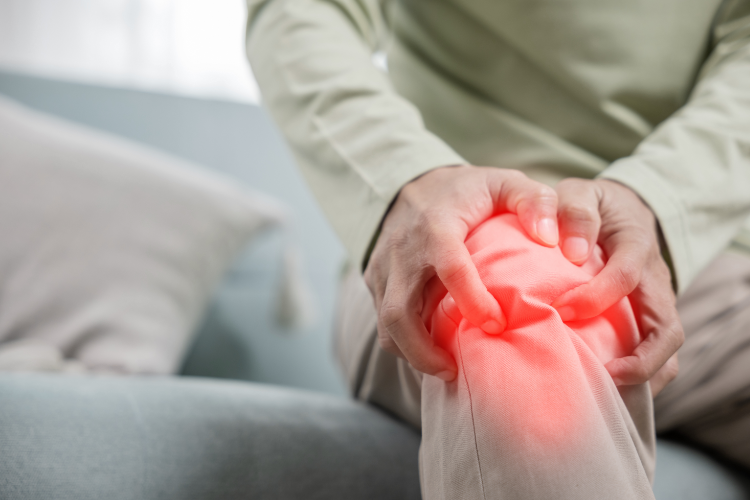Hello there! If you’ve ever felt like your joints are on a rebellion against you, causing discomfort and limiting your mobility, you’re not alone. Joint pain is a common ailment that can arise from various causes and manifest in many forms.
Whether it’s the sharp sting you feel in your knee after a run, or the persistent ache in your wrists from typing all day, understanding joint pain is the first step toward finding relief.
With insights from Dr. Lisa Olszewski at Precision Spinal Care in Chelsea, MI, let’s explore the world of joint pain—its causes, symptoms, and the myriad ways you can manage and treat it.
Unpacking Joint Pain: What’s Behind the Discomfort?
Joint pain can spring from numerous sources, making it a bit of a detective story to uncover the root cause in each individual case. Here’s a rundown of common culprits:
1. Arthritis:
Perhaps the most notorious instigator of joint pain, arthritis comes in various forms, such as osteoarthritis (wear-and-tear) and rheumatoid arthritis (an autoimmune condition). Both lead to inflammation in the joints, but their origins and treatments can differ significantly.
2. Overuse and Injury:
Repeated use of a joint can lead to pain, often seen in athletes or individuals with physically demanding jobs. Injuries, whether recent or healed long ago, can also leave joints more susceptible to pain.
3. Other Medical Conditions:
Conditions like fibromyalgia, gout, and infections can also cause joint pain, reflecting the complexity and interconnectedness of our body systems.
Symptoms to Watch For
The experience of joint pain can vary dramatically, not just in intensity but in the nature of the discomfort:
- Aching or Soreness: Often associated with overuse or arthritis.
- Stiffness: Particularly noticeable after periods of inactivity or during the morning.
- Swelling: Can indicate inflammation or fluid accumulation.
- Redness and Warmth: These symptoms often suggest inflammation.
Recognizing these signs early can lead to more effective management and treatment.
Exploring Treatment Options

Managing joint pain effectively often requires a multifaceted approach:
1. Medical Treatments:
- Medications: Nonsteroidal anti-inflammatory drugs (NSAIDs) or stronger pain relievers can reduce pain and swelling.
- Injections: For severe cases, corticosteroid injections might be recommended to reduce inflammation.
2. Physical Therapy:
Engaging in physical therapy can strengthen muscles around the joint, improve range of motion, and reduce pain.
3. Alternative Therapies:
- Chiropractic Care: Adjustments and manipulation techniques can help, especially if misalignments are contributing to pain.
- Acupuncture: This ancient practice can provide relief by stimulating nerves and muscles.
- Massage: Helps in reducing tension and pain in the muscles surrounding joints.
4. Lifestyle Modifications:
- Exercise: Low-impact activities like swimming or cycling can strengthen joints without adding stress.
- Diet: Incorporating anti-inflammatory foods can help manage symptoms.
- Weight Management: Reducing weight can decrease stress on weight-bearing joints, relieving pain.
Precision Spinal Care: Your Ally in Joint Health
Dr. Lisa Olszewski and her team at Precision Spinal Care in Chelsea, MI, are dedicated to helping you manage joint pain through personalized care plans. Serving areas such as Dexter, Grass Lake, Ann Arbor, and beyond, they offer a range of treatments tailored to your unique needs.
If joint pain is impacting your life, consider reaching out to Precision Spinal Care. Discover how a combination of chiropractic care, lifestyle changes, and comprehensive treatment plans can help you regain mobility and reduce pain, allowing you to live a more active and comfortable life.




